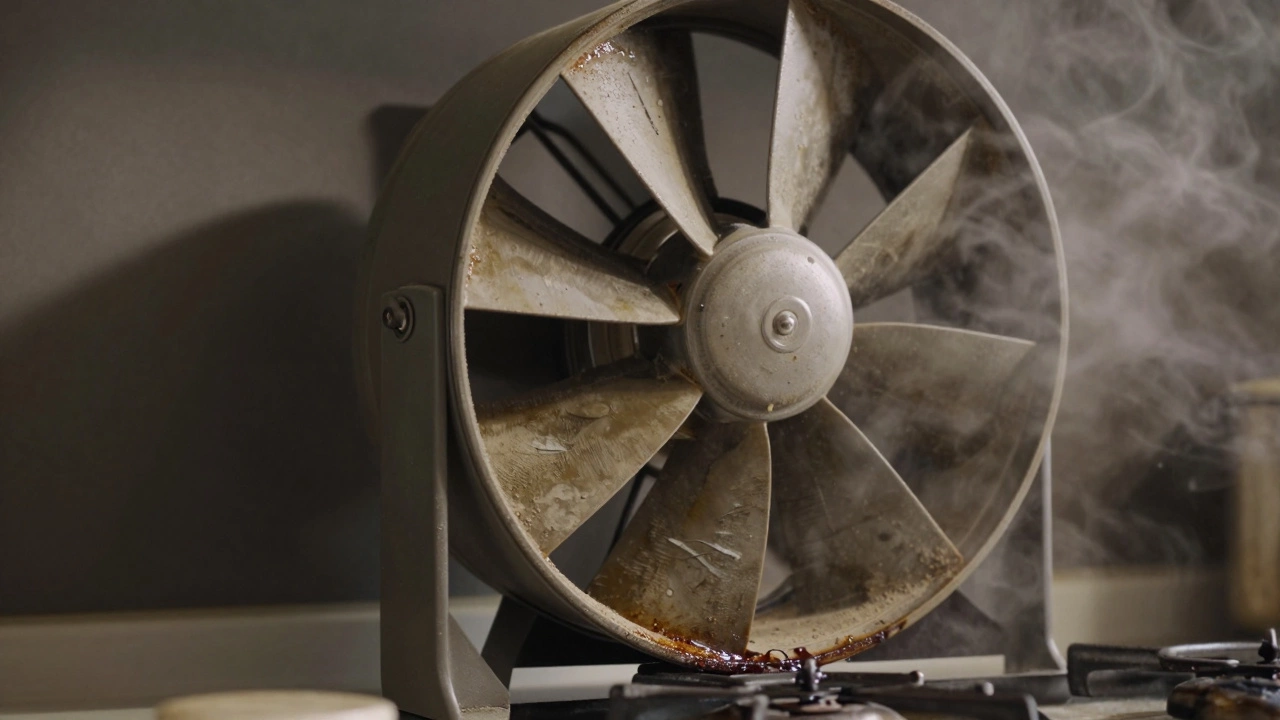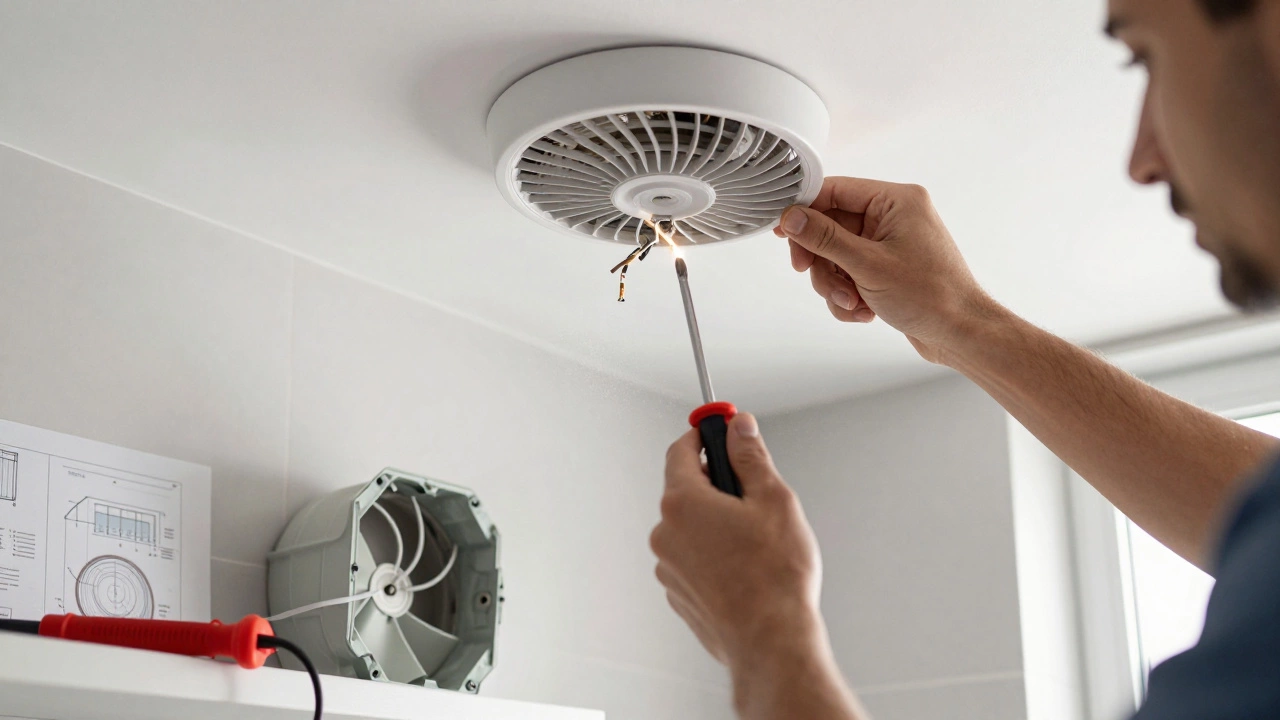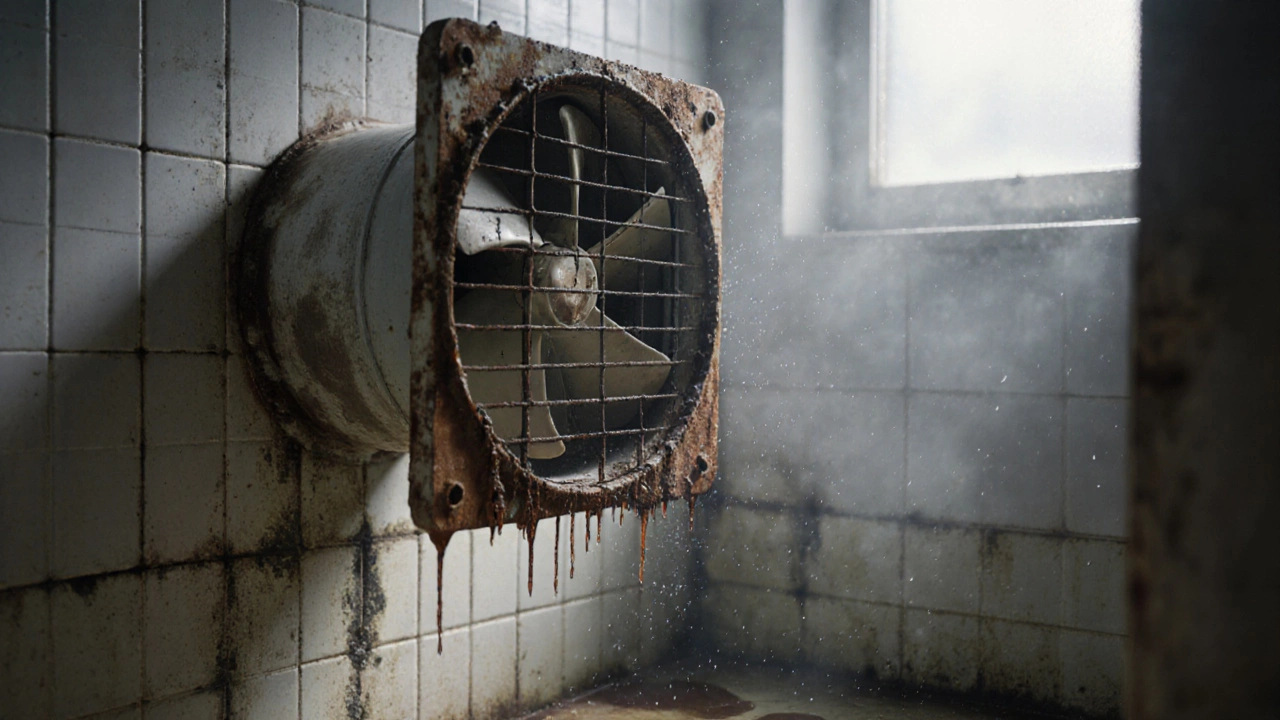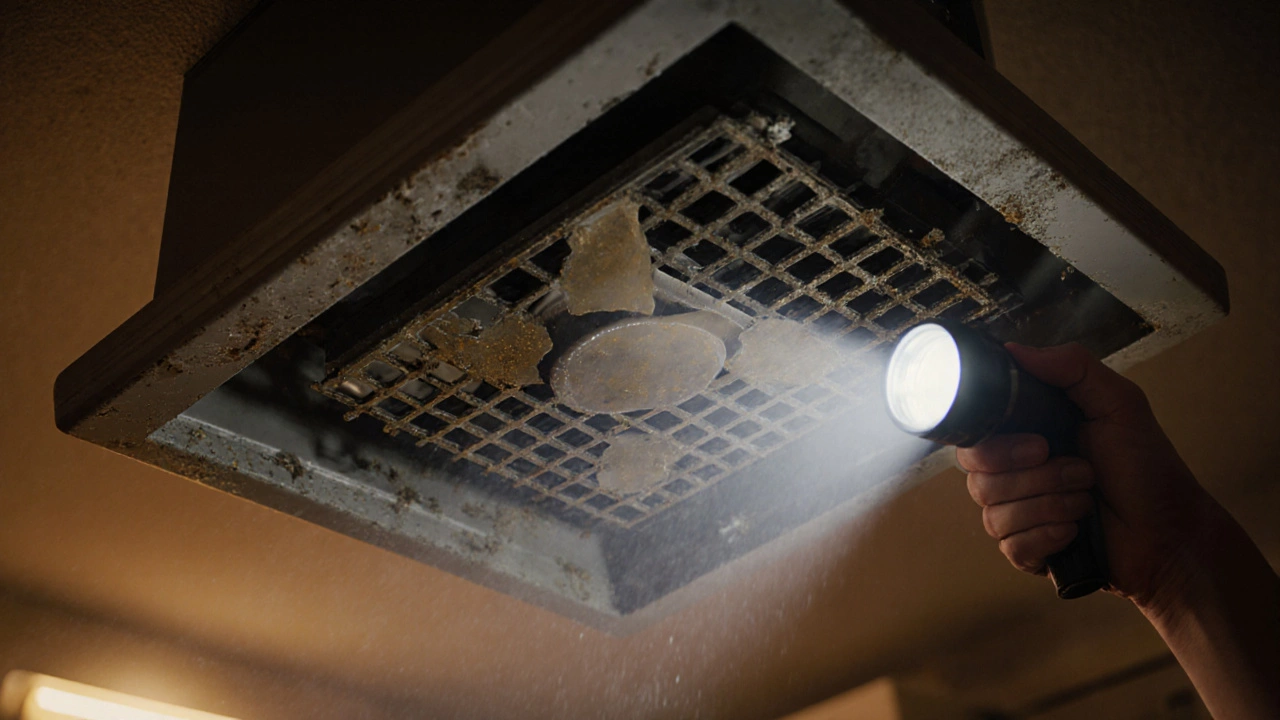Extractor Fan Repair: Simple Steps to Get Your Fan Working Again
Ever walked into a kitchen or bathroom and noticed the fan just whirring weakly or not turning on at all? That’s an extractor fan crying for help. Most of the time the problem is something you can sort out without calling a technician, but knowing the basics saves you time and money.
Why Your Extractor Fan Might Stop Working
First, check if the fan is just clogged. Grease, hair, and dust love to build up on the filter and blades, slowing the airflow. A blocked filter also makes the motor work harder, which can overheat and shut down. Another common culprit is a loose connection – the wiring to the switch or the motor can loosen over time, especially in damp areas. Finally, the motor itself can wear out after years of use. If the fan makes a humming sound but the blades don’t spin, the motor may be seized.
DIY Fixes You Can Try Today
1. Turn off the power. Safety first – switch off the circuit breaker or unplug the unit.
2. Clean the filter. Remove the filter cover (usually a simple clip) and soak it in warm, soapy water for 10‑15 minutes. Rinse, dry, and pop it back in.
3. Clear the fan housing. Use a vacuum with a narrow nozzle or a soft brush to sweep out dust from the blades and the motor housing. If you can see the blades, give them a gentle wipe with a damp cloth.
4. Check the switch. Remove the wall switch cover and look for loose wires. Tighten any that feel wobbly, but don’t force anything – if a wire is frayed, it’s time for a professional.
5. Test the motor. After everything is clean and re‑assembled, turn the power back on. If the fan still won’t spin, you may hear a faint buzz. That usually means the motor is dead and needs replacing.
When the DIY steps don’t bring the fan back to life, call a local expert. Glastonbury Appliance Repair Services can replace motors, fix wiring issues, and ensure the fan meets safety standards. Their technicians know the right parts for both kitchen and bathroom fans, and they’re quick enough to get your ventilation back in shape without a long wait.
Regular maintenance keeps these fans running smoothly. A quick clean every few months prevents most blockages, and a visual check of the wiring while you’re at it can spot loose connections before they cause a failure.
So next time your extractor fan goes quiet, remember: power off, clean the filter, clear the housing, check the switch, and give the motor a test. If it still won’t work, you’ve got a reliable Glastonbury pro just a call away. Your kitchen and bathroom will stay fresh, and you’ll avoid costly replacements.

Do Extractor Fans Wear Out? Signs, Lifespan, and When to Replace
Extractor fans wear out over time due to motor strain, grease buildup, and bearing wear. Learn the signs of failure, typical lifespan, and whether repair or replacement is the better choice.

Are Extractor Fans Easy to Replace? A Practical Guide for Homeowners
Replacing an extractor fan is often a simple DIY job that saves money and prevents mould. Learn how to safely swap out your bathroom or kitchen fan with step-by-step guidance and key tips for success.

How Long Do Extractor Fans Last? Real-World Lifespan and When to Replace
Extractor fans typically last 6-10 years, but neglect can cut that in half. Learn the real signs of failure, how to extend lifespan, and what to look for when replacing one.

Do Extractor Fans Need Maintenance? What You Must Know
Extractor fans need regular cleaning to work properly. Grease and moisture buildup reduces airflow, increases energy use, and can cause mold or fire risks. Learn how often to clean them and when to replace them.

Extractor Fan Won’t Work? How to Diagnose & Fix Common Issues
Learn how to troubleshoot and fix a non‑working extractor fan with step‑by‑step checks, cleaning tips, and when to call a professional.

Who Repairs Extractor Fans? Trades You Need to Call
Wondering who to call when your extractor fan breaks? Learn which trades repair them, real-world tips, and what happens when you ignore fan faults.

How to Replace an Extractor Fan Motor: Step-by-Step Guide and Tips
Find out if you can replace the motor in an extractor fan, how to do it safely, what tools you'll need, and smart tips to extend your fan's life.

Extractor Fan Motor Cleaning: The Simple Way to Keep It Running Smooth
Ever wondered why your extractor fan sounds like a tractor or just seems tired? This guide lays out clear steps for cleaning an extractor fan motor, with easy tips for tackling the greasy mess. We break down every part you actually need to clean, tell you exactly what tools you'll need, and show you where most people mess it up. You'll also get some surprising facts about what really happens if you leave your fan dirty too long. By the end, you'll know how to make your fan last longer and stay way quieter.

Extractor Fan Replacement: How Tough Is It Really?
Wondering if replacing an extractor fan is a big headache or a simple weekend project? This article breaks down what really happens when you swap out an old bathroom or kitchen fan. We’ll look at the tools you need, common pitfalls, and tips to make things go smoothly. Readers will get a clear idea of the work involved and whether it’s something they can tackle themselves. We’ll also point out when it probably makes sense to call in a pro.

How to Fix an Extractor Fan That Suddenly Stopped Working
Ever had an extractor fan suddenly stop working and wondered what to do next? This article walks through practical steps to diagnose and fix common issues. From checking the power supply to cleaning clogged blades, discover straightforward solutions to get your fan back in action. We also touch on handy maintenance tips to prevent future breakdowns. Whether you're an amateur DIY enthusiast or just looking to save on repair costs, these insights are invaluable.

Troubleshooting Common Issues with Extractor Fans
Extractor fans can encounter various issues leading them to stop working which can often be resolved by understanding common problems. From power supply issues to blocked vents and motor failures, each has a different solution. Knowing how to diagnose specific symptoms can save time and money. This guide provides troubleshooting tips and practical solutions for bringing your extractor fan back to life.